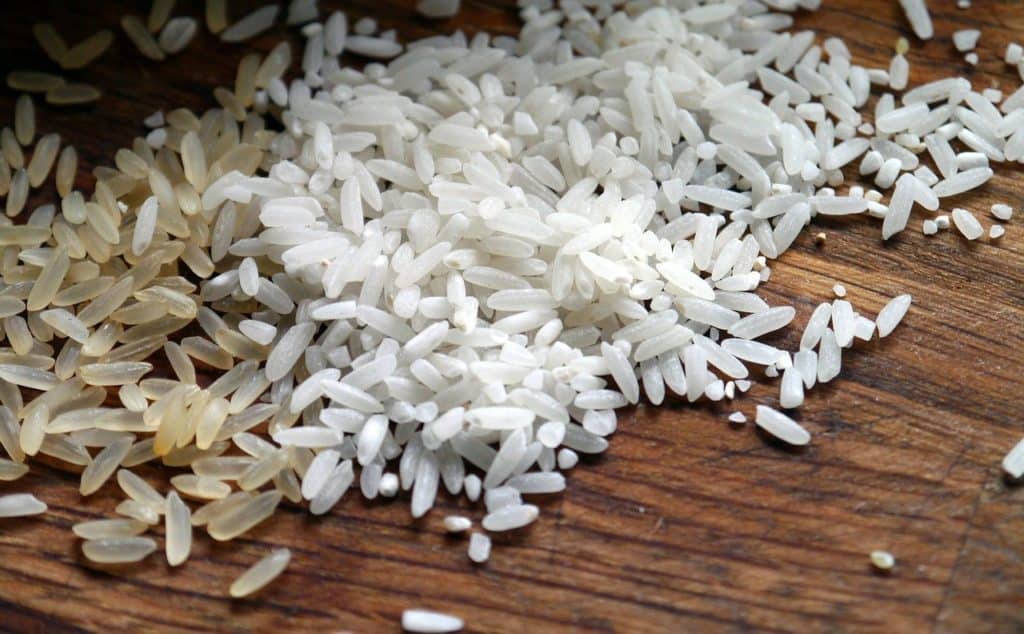Innovations in paddy-growing techniques are taking over the traditional methods in India. A farmer in Telangana grows paddy seeds by experimentally using rice grains.
Rice Grown from Rice Grains
Chinni Krishnudu, a farmer in Nizamabad (Telangana), known for growing different varieties of rice in his field. Besides, he cultivated rice from coarse rice or brown rice seed which is slightly trimmed with grain in mills to prevent it from losing its upper layer. Also, the farmer bought 21 varieties of rice seed from USA, five years ago and experimented growing them.

Growing the Italian Rice Variety
That apart, the farmer also grew a high yielding strain Italian variety, Risotto, given by Hithin Bhimani, Nizamabad based Gajanan rice mills CEO. He bought 1 kg of Risotto seed on his way back to India from an exhibition in Germany as the government did not allow taking a large amount of paddy seeds. Also, he observed that the seed variety is as compatible as 1010 and Sona Masuri to Telangana’s atmosphere.
The Experiment
Krishnudu soaked the Risotto rice in cloth for one day and planted the germinated seed in plants. While ants ate 70% of sprouts, 30% started growing. The same was cultivated organically using cow dung, urine, and neem powder.
Citing the yield, the farmer listed several benefits of the Risotto variety. He stated that the seed consumes less water and is ready to harvest much earlier than the local variety. Also, the variety yields much higher output, making it suitable for exports. Several Agriculture exports visited the field and appreciated Krishnudu’s efforts.
IRRI Guidelines– Rice Cultivation
International Rice Research Institute (IRRI) issued guidelines to produce rice for better yield. It has developed several rice varieties that are pest resistant and can withstand better with climatic changes. Further, the organization directs farmers to use crop calendars to better plan and timely perform plantation, maintenance and storage activities. Also, it suggests selecting rice variety by considering crop duration, crop height, grain quality along with yield potential, and resistance to disease. Further, farmers must plant only the best quality seeds by float testing it before. Further, farmers must weed early, use water efficiently and harvest on time to get better returns on investment.
In all, farmers of India are taking an active part in revolutionizing the agriculture in India.